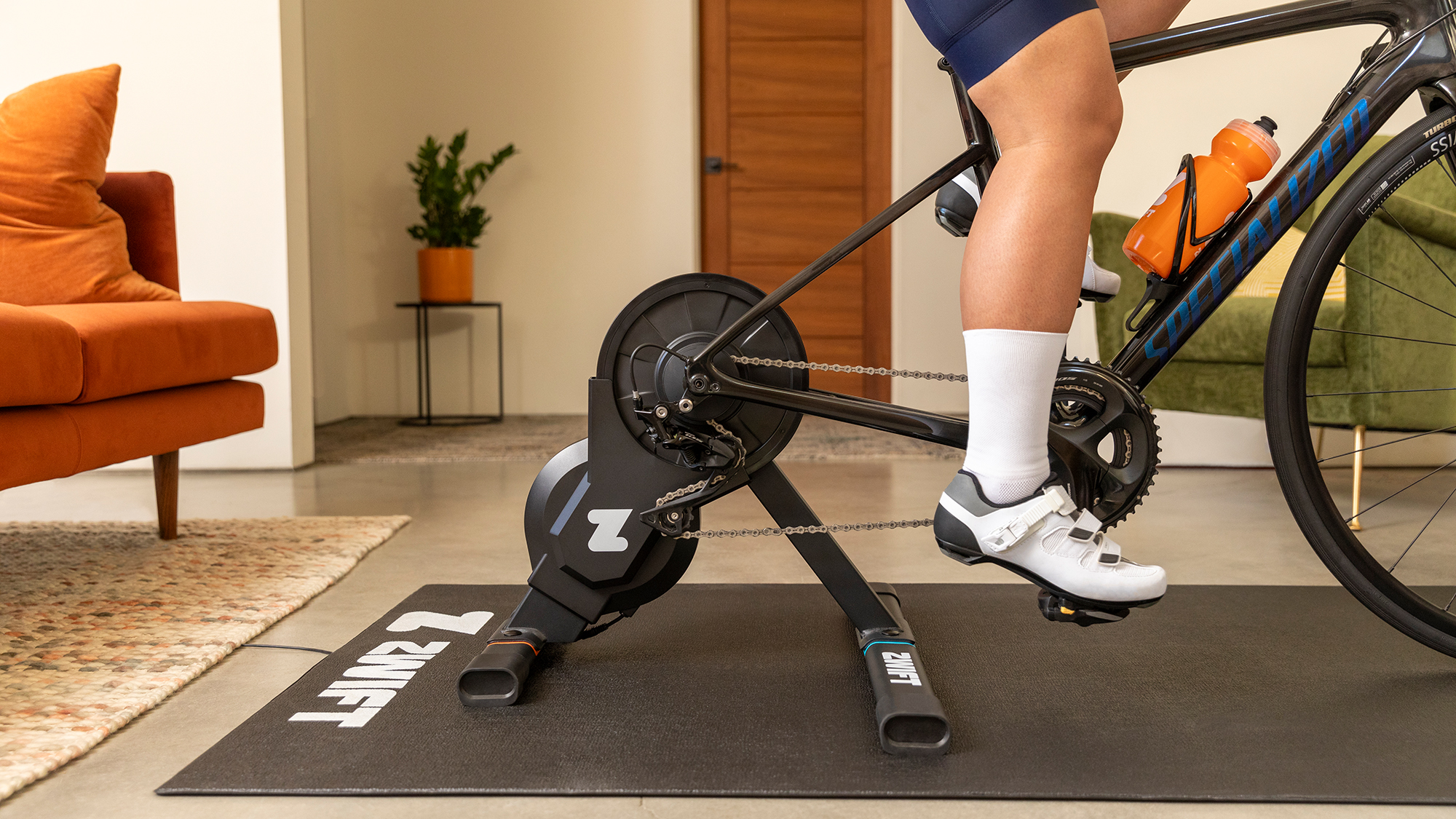
The Zwift Hub was always about breaking down barriers to indoor riding, and today, the brand has a new option called the Zwift Hub One that further simplifies getting your bike on an indoor trainer.
Without any price increase you can now use the Zwift Hub smart trainer to shift virtually and new hardware offers a choice of a universal singlespeed freehub that works with almost any bike, no matter your groupset.
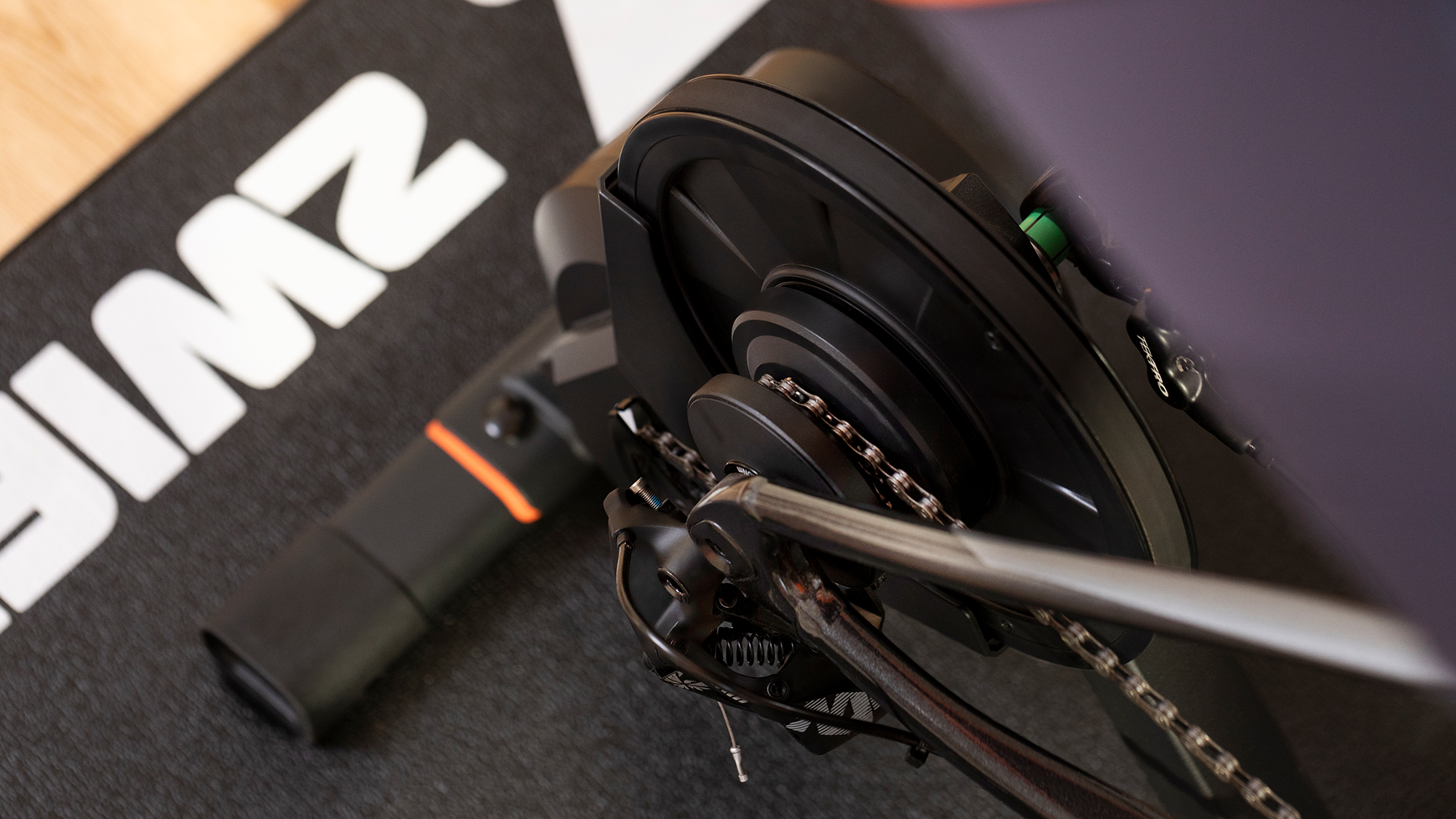
Zwift is not a hardware company
Understanding today's release has to start with an understanding of Zwift as a company. The brand is not a hardware company and yet before last year's indoor riding season, Zwift released a branded smart trainer. The Zwift Hub was never meant to meaningfully compete with the feature sets found on the best smart trainers you can buy. Instead, the Hub was aimed at being a solution to the challenges that consumers were experiencing.
After careful consideration of how to get more users riding on Zwift, the brand identified where the pain points existed. There were issues with price and there was confusion around setup and hardware requirements. The Zwift Hub was less expensive than the competition and used colour coded assembly along with clever measurement tools built into the packaging. In short, it solved almost every issue consumers faced. Cassette compatibility continued to be an issue though.
Not every consumer completely understands what type of cassette their bike uses. Even for those who are familiar with what cassette they need, there are still potential challenges. For example, if you and your partner have different bikes with different types of cassette, it was hard to share a trainer. Today's announcement addresses all of those remaining issues.
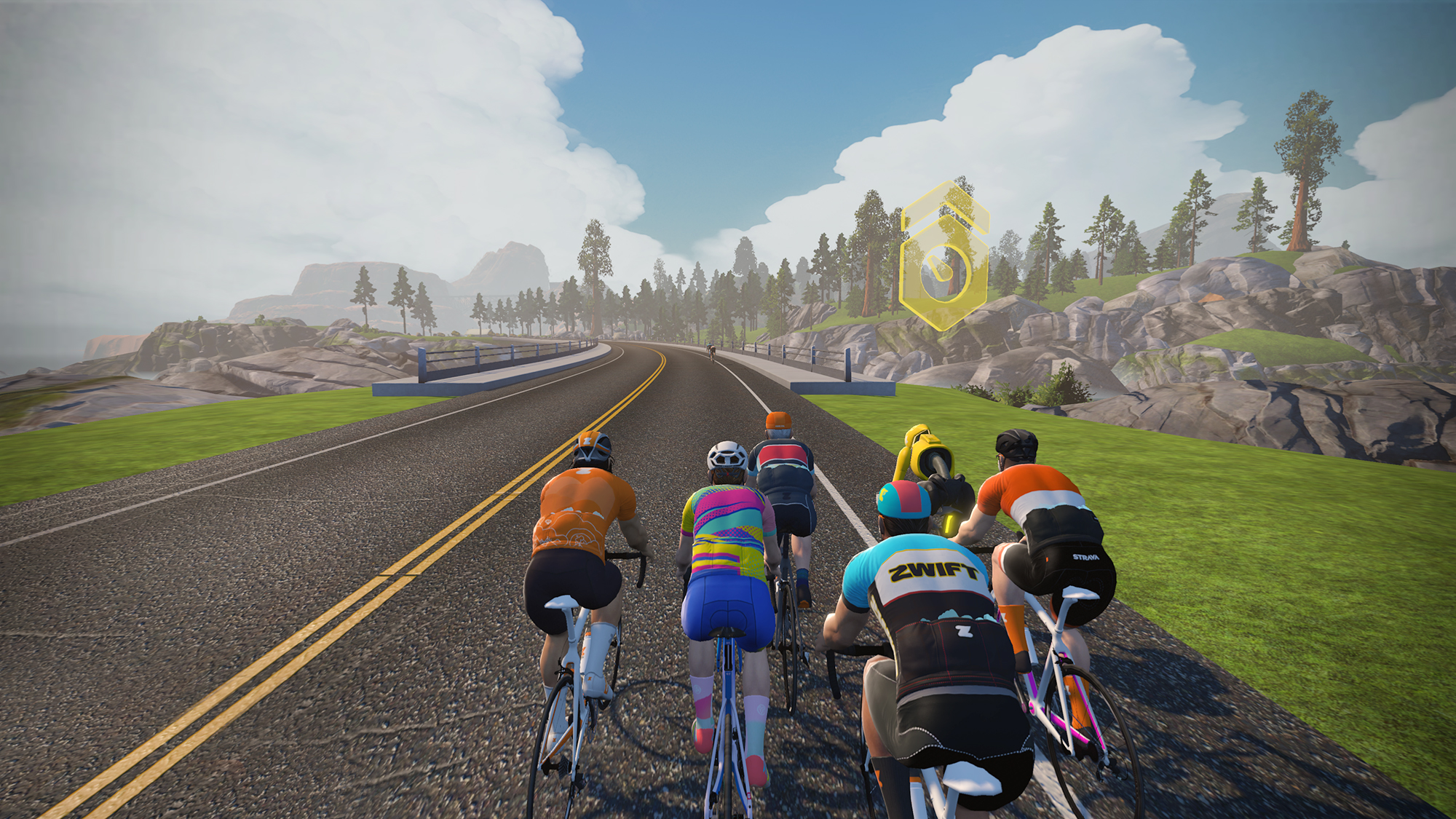
Zwift Cog + Zwift Click
Although the Zwift Hub One is now available as an ordering option, the Zwift Hub hardware hasn't changed. The Zwift Hub One instead takes a standard Zwift Hub and replaces the cassette options with a universal cassette called the Zwift Cog.
Instead of a series of gear sprockets as you'll find on a cassette, the Zwift Cog is essentially a freehub and spacer with a single 14-tooth gear. Either side of this is a plastic V-shaped housing that will essentially force your chain back into place if your derailleur is set in the wrong gear.
The latest race content, interviews, features, reviews and expert buying guides, direct to your inbox!
Set your existing rear derailleur near the centre of your rear cassette and in the small front chainring if you have one, then mount your bike on the trainer. It doesn't matter if you are using an 8, 9, 10, 11, or 12-speed cassette and it doesn't matter what the gearing is on the bike you place on the trainer. You will no longer shift with the controls built into your bike.
Using the new system, shifting happens via the Zwift Click. This is a simple pair of buttons with an up and a down, which will create a virtual shift, essentially adjusting the resistance through the trainer to mimic shifting in the same way the best smart bikes do. Mounting consists of a rubber O-ring and the system is compatible with any type of handle bars you have including flat bars, drop bars, and TT bars. It is also possible, via a firmware update, to shift using the Zwift Play controller and it’s possible to pair both the Zwift Play and Click simultaneously allowing multiple shifting locations.
The piece responsible for making the Zwift Cog and Click work is the Zwift Hub with updated firmware. That means if you are wondering if it's possible to use the Zwift Cog on a different trainer, the answer is no. Although Zwift is open to other brands adopting the protocol.
It is however possible to update an older Zwift Hub with the Cog and Click hardware, which can be bought for an introductory price of $59.99 / £59.99 / €59.99 down from the full MSRP of $79.99 / £79.99 / €79.99. The Cog works only as a dummy gear while the chosen shift device signals the Zwift Hub to change difficulty to match one of 24 gear ratios. Like shifting on high-end smart bikes, everything becomes virtual with this new system.
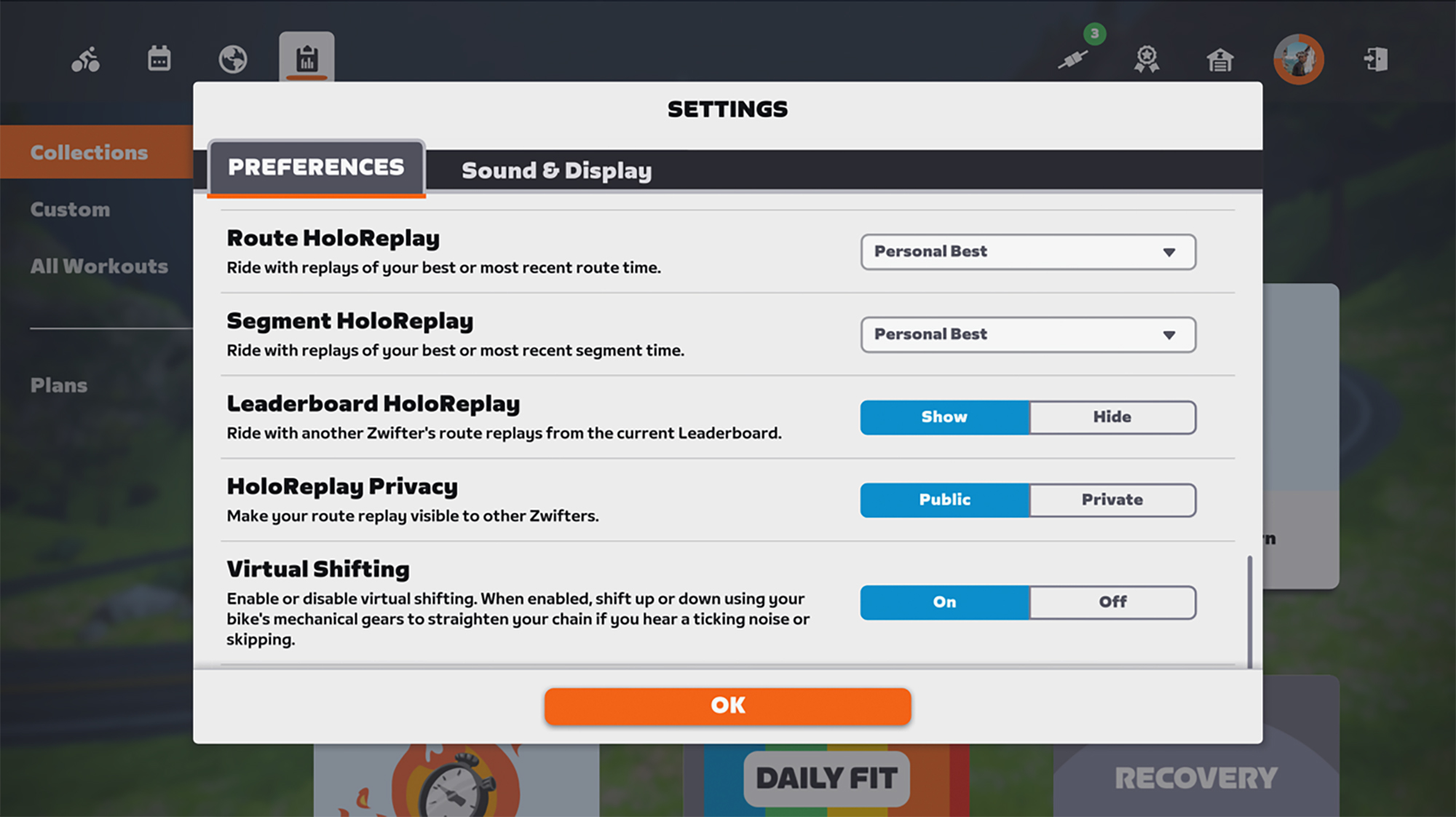
According to Zwift, to "ensure consistency between bikes, Zwift Hub One is able to detect the gear ratios on your physical bike which allows it to set the virtual gears accordingly. It achieves this through a process called 'real gear ratio calibration.' The trainer does this within the first few seconds of every ride automatically." The obvious benefit of this system is that no matter what bike you configure with this new system, the gearing will be the same. The bonus side effect is that Zwift has configured the 24 gears to match with Zwift virtual terrains. You won't have to worry about spinning out on descents or flats.
Another side effect of having the Zwift Hub handle virtual shifting via the Zwift Play controller is that the system works even without the Zwift Cog and Click hardware. If you have already been happily using a Zwift Play controller and a Zwift Hub, you now have the ability to forget about your on-the-bike gearing. Virtual gearing allows for instant, silent shifting under full power plus the already mentioned gearing matched to Zwift landscapes. With a simple firmware update to the Play controller and Hub, it's now an option for anyone using that hardware.
The downside to depending on Zwift Hub hardware for shifting is compatibility. Shifting will only be available while in Zwift and that will limit useability to either Zwift or an ERG based system. Systems such as TrainerRoad and Wahoo SYSTM control the difficulty of the trainer and don't require shifting. If you, or anyone looking to share your trainer, use something of that nature then the Zwift Hub One will continue to work without issue. If you ever want to use an alternative to Zwift that allows free riding, such as Rouvy, that's when you will need to consider if the Zwift virtual shifting is going to be a workable solution.
For that reason, Zwift will continue to sell the Zwift Hub with a cassette of your choice, a product which will now be known as the Zwift Hub Classic.
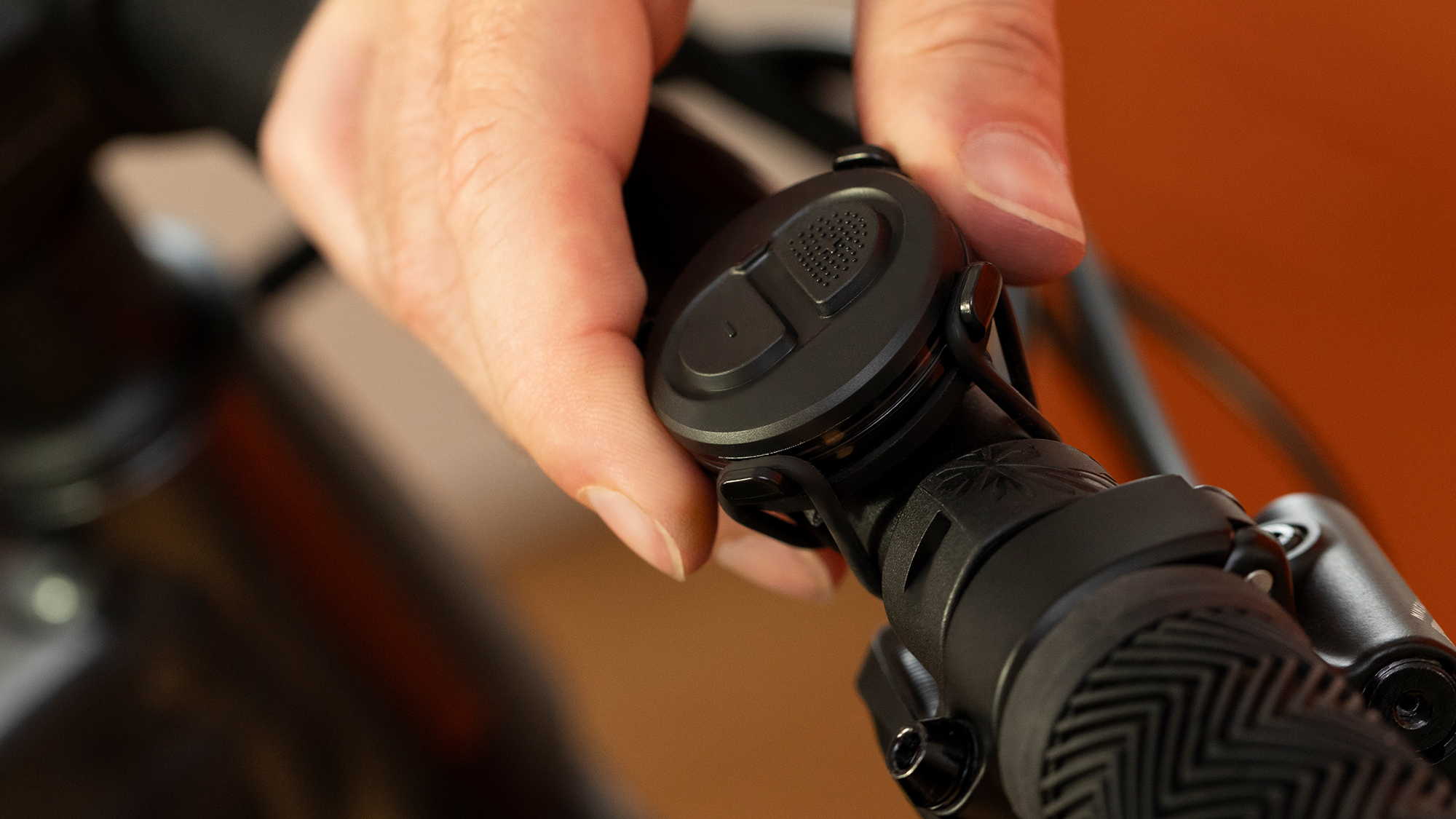
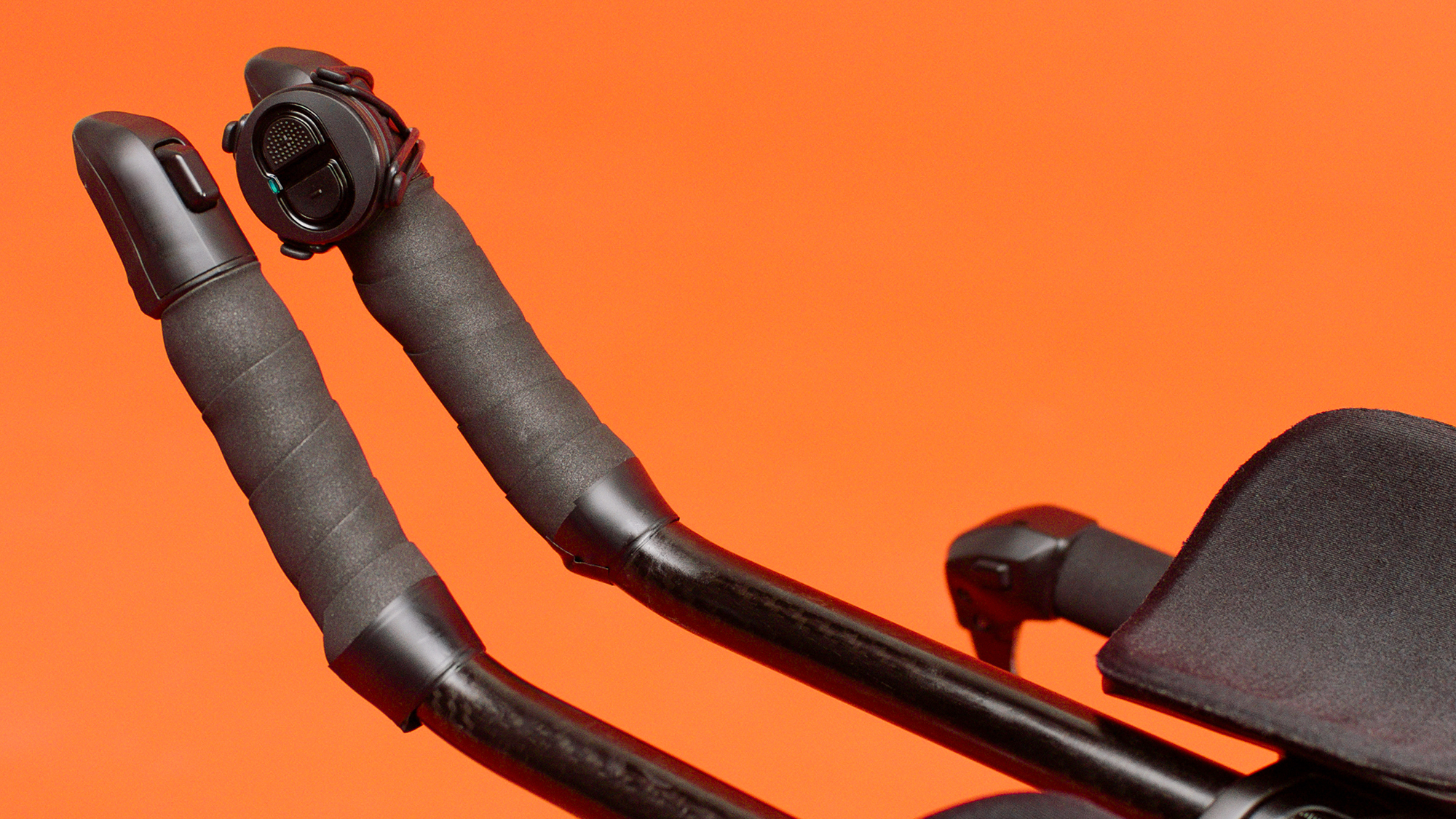
Pricing and availability
Anyone who already owns a Zwift now has the option of purchasing a Zwift Cog + Zwift Click upgrade package. Zwift Cog comes pre-installed on a freehub and instals easily with the tools included with Zwift Hub. The upgrade bundle will be available for $59.99 / £59.99 / €59.99 for a limited time after launch before reverting to the full MSRP of $79.99 / £79.99 / €79.99.
For those looking to purchase a new indoor trainer, there are now two different Zwift Hub packages available. Zwift Hub One includes the Cog and Click hardware while Zwift Hub Classic offers a choice of traditional 8-12 speed cassettes. Pricing for both packages is the same at $599 / €599 / £549 including one year of Zwift membership.
In order to use virtual shifting, anyone with existing hardware will also need to download updated firmware and the latest Zwift version 1.5.
More information is available at zwift.com/hub
Ready to ride through virtual worlds? Check out our Zwift coupons and enjoy immersive cycling experiences at a reduced cost.
Josh hails from the Pacific Northwest of the United States but would prefer riding through the desert than the rain. He will happily talk for hours about the minutiae of cycling tech but also has an understanding that most people just want things to work. He is a road cyclist at heart and doesn't care much if those roads are paved, dirt, or digital. Although he rarely races, if you ask him to ride from sunrise to sunset the answer will be yes.
Height: 5'9"
Weight: 140 lb.
Rides: Salsa Warbird, Cannondale CAAD9, Enve Melee, Look 795 Blade RS, Priority Continuum Onyx

